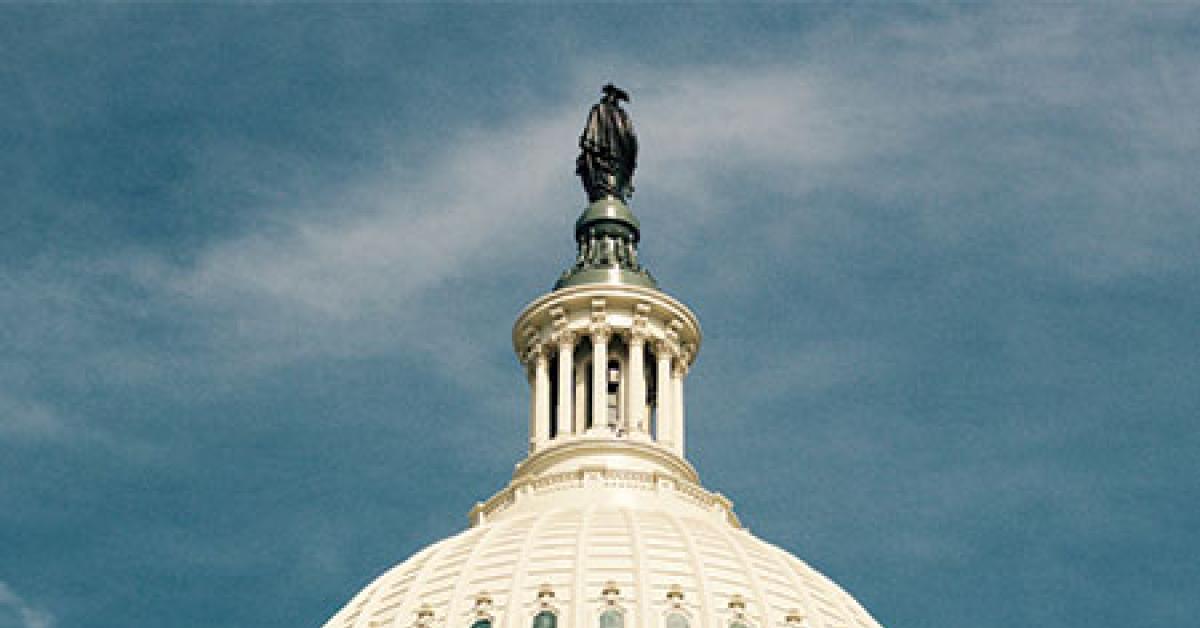ARDMORE. Pa. — Are you ready for tax “reform?”
Thanks to the recently passed Tax Cuts and Jobs Act (TCJA), the tax rate for incorporated drycleaning businesses will be reduced from its current 35 percent to 21 percent — for the 2018 tax year and thereafter.
Although the business tax cuts are for the most part permanent, the tax cuts for individuals are only temporary, expiring in 2026.
Unfortunately, while regular, ‘C’ corporations will be taxed at a flat 21 percent tax rate, the majority of small businesses operating as pass-through businesses will face new personal tax rates higher than the corporate tax rate.
Pass-through businesses operating as partnerships, limited liability companies (LLC), S corporations and sole proprietorships, pass their income to their owners who pay tax at their individual tax rate.
The TCJA created a 20 percent deduction that applies to the first $315,000 of income (half that for single taxpayers) earned by drycleaning businesses operating as pass-through entities.
All businesses under the new income thresholds, regardless of whether they’re considered service professionals or not, can take advantage of the 20 percent deduction.
For pass-through income above this level, the TCJA places limits on who can qualify for the pass-through deduction, with strong safeguards to ensure that so-called “wage income” does not receive the lower marginal tax rates for business income.
Thus, while providing a deduction for up to 20 percent of pass-through income, that 20 percent deduction applies only to business income that has been reduced by the amount of “reasonable compensation” paid the owner, reducing the owner’s effective marginal tax rate to no more than 29.6 percent.
Lawmakers have not defined “reasonable compensation” as yet.
EQUIPMENT WRITE-OFF
Unlike in past years when a drycleaning business was required to claim depreciation, spreading the recovery of their equipment costs over several years, many businesses will now be able to fully and immediately deduct the cost of certain equipment. Even more notable, this change is retroactive to Sept. 27, 2017.
This may involve recalculation of assets based on when they were placed in service. If, for instance, an asset was acquired prior to Sept. 28, 2017, and placed in service after Sept. 27, 2017, it would qualify for the old 50 percent expensing.
Assets acquired and placed in service after Sept. 27 would qualify for the 100 percent write-off.
Unfortunately, the faster write-off of equipment costs is only temporary. The write-off will remain at the 100-percent level for equipment and business property expenditures made between Sept. 27, 2017, and Jan. 1, 2023.
After 2023 and before 2025, the amount deductible drops to 60 percent with a further decrease to 40 percent after 2025 and to 20 percent after 2026. On Jan. 1, 2027, the equipment cost write-off disappears.
SECTION 179
Despite the narrowing of differences between bonus depreciation and the tax law’s Section 179, first-year expensing, with both offering 100 percent write-offs for new and used property, the tax law’s Section 179, first-year expensing allowance remains a valuable option.
The immediate write-off, or “expensing” of capital assets is appealing because, unlike so-called “bonus” depreciation, the use of equipment doesn’t have to begin with the drycleaning business.
Prior to the TSJA, dry cleaners were allowed to expense the cost of a business asset to the tune of $510,000 in 2017 ($500,000 plus an inflation adjustment), with the maximum deduction reduced, dollar-for-dollar, as additional assets placed in service exceeded $2,080,000.
With the new law, businesses will be able to expense up to $1 million in 2018 with the new phase-out amount set at $2.5 million. Naturally, as with the earlier amounts, these will also be adjusted for inflation.
And now, improvements including roofs, HVAC systems, fire prevention alarms and security systems qualify under the new Section 179 rules, providing another opportunity for dry cleaners that actually need equipment.
Check back Thursday for the conclusion.
Have a question or comment? E-mail our editor Dave Davis at [email protected].
